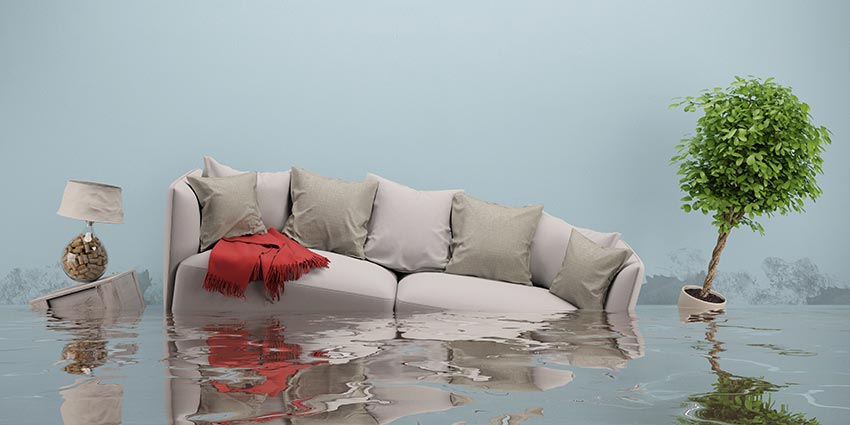Flood water might have burst pipelines or sewage overflowed, making it more important that you take the correct action in safeguarding yourself, as well as your family members during the clean-up process.
To employ a professional flood cleanup service, please click on the link.
Flood Clean-up: Prior To Your Start:
- Maintain kids, as well as pets out of the area till flood clean-up is done, as well as you’ve identified it’s safe for them to enter the affected area.
- Always put on rubber or other non-porous gloves, boots, and eye safety when operating in the location.
Walk through the damaged location to recognize which things are salvageable as well as which are not
- While tough to get rid of personal possessions, if they can’t be cleaned, as well as disinfected you will require to get rid of, as well as damage them.
- Common things that can’t be decontaminated consist of mattresses, carpeting, pillows, rugs, cosmetics, books, infant playthings, as well as upholstered furnishings.
- Insulation and drywall likewise can’t be decontaminated after they can be found in call with sewage or flooding waters, as well as must be destroyed and removed.
Discovering the Right Tool
- To remove the water, as well as debris, from the flooring, The specialist floor mops are suitable for getting rid of large quantities of water or particles, as well as can be utilized on a range of surface areas, such as asphalt, concrete, ceramic tile, and linoleum. They are generally utilized for both commercial and domestic tasks when there is plenty of surface to dry and clean.
- The sort of squeegee to use for water removal relies on the kind of flooring.
- Irregular floor, like asphalt and tile: A froth squeegee is among the best since the soft froth rubber blade is able to get used to cleaning surface area.
- Smooth flooring, like asphalt and concrete: A squeegee with a rubber blade is the most effective device for the job.
Start the Process of Water Elimination
Once you have the ideal flooring squeegee, you can begin the water elimination process.
- To successfully move debris and water, pull but don’t push, the squeegee for best outcomes.
- Begin at the side, moving the particles and liquid towards a drain.
- If there isn’t a drainpipe within the location, move the fluid, as well as particles, into a pool to ensure that you can then utilize a container, as well as a pan for removal.
- Always touch the squeegee to get rid of excess dirt or fluid.
Once the water has actually been eliminated:
- Clean the flooring surface with warm, clean water and soap.
- The flooring squeegee can remain to get used for this process.
- Next, sterilize the surface area with home bleach.
- Mix one cup of bleach with 5 gallons of water in a huge bucket.
- Use the flooring squeegee to spread the bleach combination on the flooring to disinfect the surface.
- Allow the bleach to sanitize the flooring, do not rinse with water, and let it air dry.




